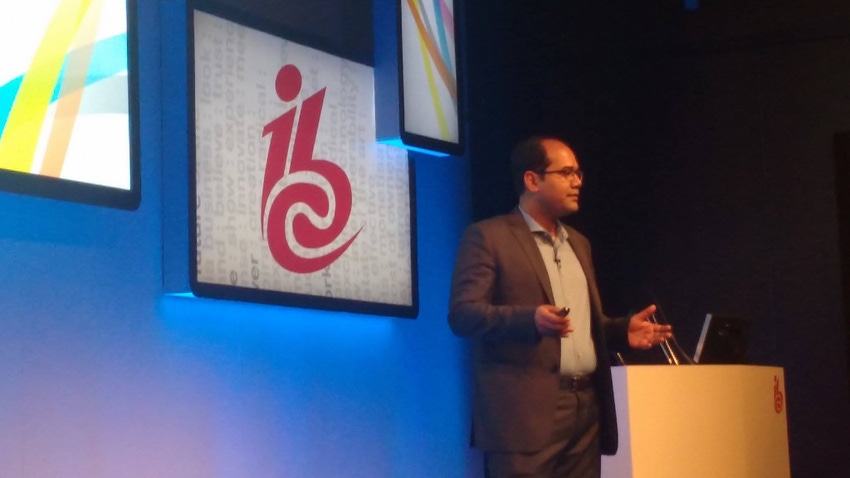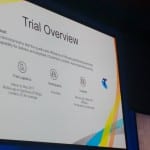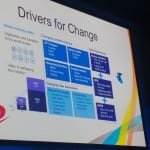It took us a while but we found one, and it wasn’t what we were expecting. Turns out the Aussies are a little bit more enthusiastic about video than the Europeans.
September 14, 2017

It took us a while but we found one, and it wasn’t what we were expecting. Turns out the Aussies are a little bit more enthusiastic about video than the Europeans.
Representing the shy telcos we have Telstra. And what they are doing is a pretty neat little idea. It sounds very logical as well, so it shouldn’t be too long before such an idea becomes a trend. How would you like a bit of pre-positioning?
It’s a simple idea. Using artificial intelligence, LTE-B networks and a host of applications, Telstra has been running a trial to host content on the edge of its network and also caching content on users devices. Imagine a video where you don’t have any start up time, or there won’t be any streaming breaks in the middle; it’s the dream right? And it might be a reality before too long.
What is key here is personalization, which might be a hurdle for a few in the industry. For this to work properly, you’ll need to genuinely understand the customer. You’ll need to have a recommendation engine which is pretty accurate otherwise it would be deemed a waste, but if you can nail the analytics side of things the rewards could be pretty substantial.
The example which Telstra’s Mukaddim Patham used was Telstra’s own content offering (which removed some of the complications which we will explain later on). Telstra has been growing its content offering over the last couple of years, focusing heavily on sports. Here, AFL, NRL and Netball are the pillars and over the last two years, sport specific video data traffic has grown 130%. Ideas for ensuring improved experience were welcomed.
Using an in-depth recommendation model, the team were able to figure out what content individual users would want, and with a greater emphasis on network analytics, the team was also able to predict when the content should be delivered to avoid congestion on the network. The result was mobile cached content, and Patham reckons he can get a 30-40% efficiency gain on the network as well.
Whether it would be 3X greater average bitrate, or 3X faster start-up time or 5X lower buffering ratio, the results of the test were pretty positive. If you get it right, the experience for the user on a mobile device should not be too dissimilar from traditional TV. A demonstrable drain on the battery was seen, and there could be storage issues, dependent on the users device, but it is a pretty good idea.
And now down to the complications. If you don’t know your user, there is no point. Why deliver content to a user who is never going to play the video. This could be an issue for a number of companies who recommendation engines are not the most accurate. Sticking with analytics, if you don’t have a comprehensive understanding of you network, delivering the content strategically might become problematic as well. Ideas like this will soon figure out who has been investing appropriately in analytics and who hasn’t.
Another complication would be certificates. Telstra was able to run this trial effectively because it owned the rights to the content, but the delivery of certificates when using partner content could be a bit of an issue. But this is still on the test grounds, Patham never said it was perfect.
It is a simple idea, but the best ones often are. Users are demanding highly quality and more readily available content from providers, and while there is little reward for actually getting it right, the consequences of getting it wrong are massive. It is a thankless task, but nonetheless, little ideas like this will make it a bit easier.





About the Author(s)
You May Also Like








.png?width=300&auto=webp&quality=80&disable=upscale)


_1.jpg?width=300&auto=webp&quality=80&disable=upscale)


.png?width=800&auto=webp&quality=80&disable=upscale)